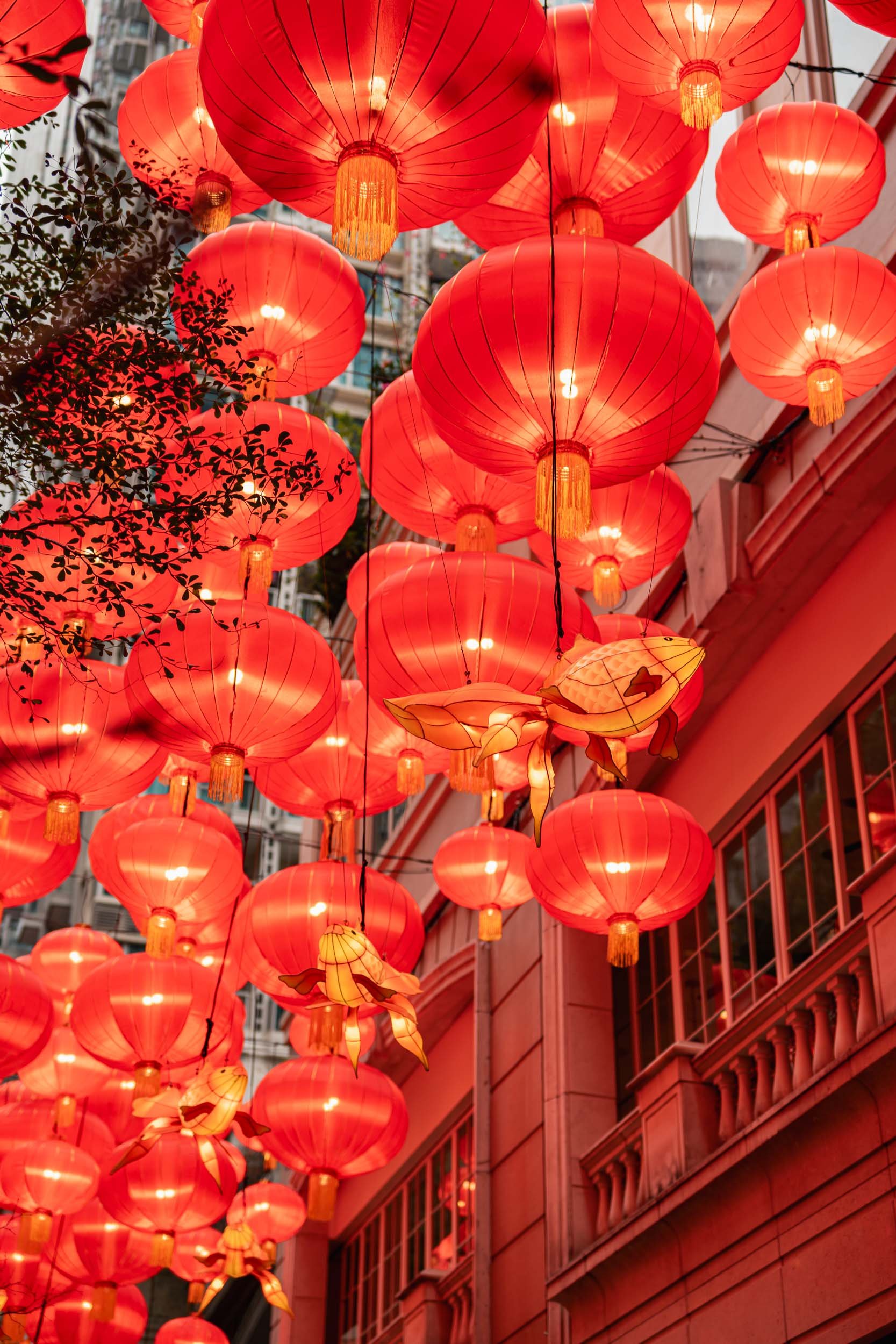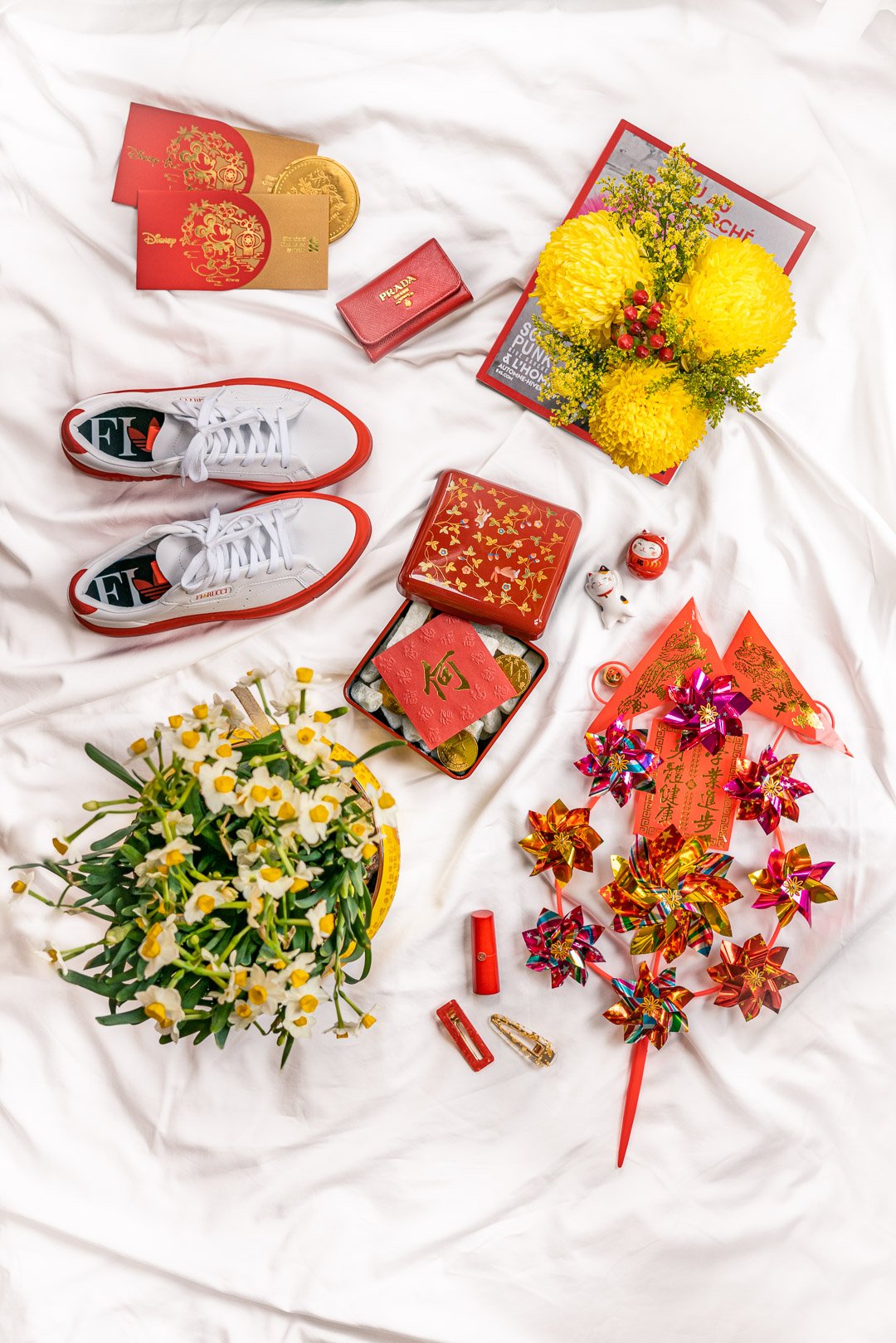3 of the Most Important Legends Surrounding Chinese New Year
Chinese New Year is the most important festival of the year for the Chinese, and its surrounding customs and traditions can be traced back approximately 3,500 years, evolving through various dynasties and cultural practices. Its incredibly long history has allowed numerous stories and legends to develop, enriching the festival's narrative.
Unsurprisingly, folklore serves as a means of cultural transmission. Many of the stories’ elements are imbued with symbolism that reflects the values and beliefs of Chinese culture, passing down values, morals, and traditions from one generation to the next. This rich tapestry of myths surrounding Chinese New Year instils a sense of identity and continuity within families and communities while contributing to the festive atmosphere. Celebrations are filled with storytelling, performances, and decorations that reflect these tales, making the holiday a vibrant and engaging experience for participants.
So the next time you stop to admire the Chinese New Year decor, give some food for thought to its background narrative and underlying message too.
The Monster Nian and the Colour Red
The most well-known story is about a monster named Nian (年), which means "year" in Chinese. Nian is depicted as a ferocious, horned creature resembling a lion, which lived deep in the sea for most of the year. However, every New Year's Eve, it would emerge to terrorise nearby villages, attacking people and livestock. To escape Nian's wrath, villagers would flee to the mountains before the arrival of the New Year, locking their doors and windows tightly to protect themselves.
One year, as the villagers prepared to escape, an old man with silver hair arrived in the village. The villagers panicked, but he remained calm and asked to stay the night, promising to drive away the beast. When Nian arrived, it was drawn to the only house that was lit and decorated with red papers. The old man, dressed in red, confronted the beast. Firecrackers erupted as he laughed and made loud noises, frightening Nian away. The next day, the villagers returned to find their homes and livestock unharmed, realising that the old man was a celestial being who had protected them. From that day on, they adopted the practices of using red decorations, lighting candles, and setting off firecrackers to ward off evil spirits, explaining why red is a dominant colour during Chinese New Year festivities.
The Demon Sui and Red Packets
Another popular tale involves a demon named Sui (歲), “age” in Chinese. Sui was a malevolent spirit that would visit homes on New Year's Eve, frightening children by scratching their foreheads with sharp talons, which could lead to fevers and illness. To protect their children from Sui, parents devised a clever plan. One year, they gave their child eight copper coins wrapped in red paper to safeguard him from the demon (the number eight is significant in Chinese culture, symbolising good luck and prosperity). As the child fell asleep with the coins on his pillow, Sui appeared. However, the coins transformed into a powerful light that drove the demon away, saving the child. This story led to the belief that red packets could ward off evil spirits and bring good fortune, particularly New Year’s money (壓歲錢) given to children on New Year’s Eve.
Red packets, more commonly known 利是 in Hong Kong and 紅包 in mainland China, symbolise good wishes and luck for the new year. It is filled with money and given to children, family members, and friends during the New Year celebrations. As red is believed to bring blessings and ward off evil, giving red packets has evolved into a widespread custom not only during Chinese New Year but also during weddings, graduations, and other significant life events. Digital red envelopes have become popular, allowing people to send money electronically, reflecting the tradition's adaptation to modern technology.
The Race of the Zodiac Animals
The Chinese Zodiac is a significant aspect of Chinese culture, consisting of a 12-year cycle where an animal represents each year. The animals in the Chinese Zodiac are Rat, Ox, Tiger, Rabbit, Dragon, Snake, Horse, Goat, Monkey, Rooster, Dog, and Pig, the sequence of which was determined through a legendary race.
According to the tale, the Jade Emperor (玉皇大帝), a significant figure in Chinese mythology, wanted to select 12 animals to serve as his guards and announced that the order in which the animals arrived at the Heavenly Gate would determine their ranking in the zodiac cycle. The animals set off towards the Heavenly Gate the following day.
The Rat, being quick-witted, woke up early and encountered a river he could not cross alone, but noticed the diligent Ox crossing the river and jumped into Ox's ear to hitch a ride. Once they reached the other side, the Rat jumped out and dashed to the Jade Emperor's feet, claiming first place, while the Ox came in second. The Tiger and Rabbit raced to third and fourth place, respectively, with the Tiger being faster. Despite its ability to fly, the Dragon came in fifth because it stopped to help a village in need of rain. The Snake cleverly coiled around the Horse's hoof and crossed the finish line just before the Horse, securing sixth place for itself and seventh for the Horse. The remaining animals, including the Goat, Monkey, Rooster, Dog, and Pig, finished the race in that order, completing the lineup of the 12 Zodiac animals.
Each animal in the Zodiac is associated with specific characteristics and attributes, a system that not only reflects personality traits but also plays a role in determining auspicious dates for events such as weddings and business openings:
Rat: Individuals born in the Year of the Rat are known for their charm, intelligence, and resourcefulness. They are adaptable and excellent problem-solvers, often turning situations to their advantage.
Ox: The Ox symbolises diligence and reliability. People born under this sign are methodical, patient, and possess a strong work ethic. They are determined and often achieve success through perseverance, although they can sometimes be stubborn.
Tiger: Tigers are dynamic and courageous, often seen as natural leaders. They are competitive and love challenges, but their impulsive nature can lead to a quick temper.
Rabbit: Known for their gentle and kind-hearted nature, Rabbit individuals are artistic and sensitive. They are compassionate friends but can be overly cautious due to their sensitivity.
Dragon: The Dragon represents power and ambition. Those born this year are charismatic, confident, and energetic, often enthusiastically pursuing their dreams. However, they can sometimes come across as domineering.
Snake: Snakes are wise and intuitive, often seen as deep thinkers. They are strategic and prefer to plan carefully, though their mysterious aura can make them appear secretive.
Horse: Individuals born in the Year of the Horse are energetic and independent, with a love for adventure. They are spirited and often the life of the party, but their desire for freedom can make them restless.
Goat: Goats are gentle and empathetic, known for their caring nature. They appreciate the finer things in life and have a strong artistic side, but their sensitivity can lead to worry.
Monkey: Clever and curious, Monkey individuals are playful and mischievous. They adapt quickly to new situations and are quick learners, though their playful nature can sometimes be seen as a lack of seriousness.
Rooster: Roosters are confident and hardworking, known for their meticulous attention to detail. They are straightforward and honest, but their confidence can sometimes be perceived as arrogance.
Dog: Loyal and trustworthy, those born in the Year of the Dog have a strong sense of justice. They are dependable friends and partners, though their moral compass can sometimes make them overly critical.
Pig: The Pig represents generosity and compassion. Individuals born under this sign are kind-hearted and easy-going, often ready to help others. However, their generous nature can sometimes be taken advantage of.
With origins in ancient Chinese astronomy and astrology (not unlike the Western horoscope), the Chinese zodiac is closely tied to the lunar calendar, with the New Year marking the transition to a new animal sign. This connection emphasises the cyclical nature of time in Chinese culture, where each year brings new opportunities and challenges based on the Zodiac animal. Spring couplets displayed during the Chinese New Year often reference the year’s zodiac animal, enhancing the celebration’s festive atmosphere and cultural significance.
Related Posts






